“I have come to believe over and over again that what is most important to me must be spoken, made verbal and shared.”
~ Audre Lorde
Why An Audiobook?
It was actually my husband‘s idea. He mentioned that audiobooks are the fastest growing segment of the book market. As a life-long reader, I was surprised at first, but then I thought about it a little more. The truth is – life’s busy, and multi-tasking is one of the ways we handle it. Sitting down with a book takes dedicated time, but we can listen to audiobooks while we run errands, clean the house, commute to work, chauffeur the kids, take the dog for a walk, prepare dinner….the list goes on. This is one of the reasons I love podcasts, and being a podcast host also inspired this audiobook. I like having conversations with this community, and I actually wrote my book like a conversation between friends. Why not actually record that conversation?
What to Expect and Where to Buy
- The listening time for this book is just 3 hours and 12 minutes. The Simple Guide to the Paleo Autoimmune Protocol was specifically written to be a quick gateway to the AIP. It’s short and succinct, providing all of the information you need in a non-intimidating package.
- I’m the narrator. While I could have hired a professional, I chose to narrate this book myself for three reasons: (1) Many of you are already familiar with my voice through my podcast. (2) As people with autoimmune disease using diet and lifestyle to improve our health, we’re a rare community. I feel connected to each and every one of you. I didn’t want a stranger speaking my voice. (3) I wrote this book like a conversation between friends. By narrating it myself, it will feel like I’m there with you! Don’t worry, though – this is a professional production. I didn’t do this in my home office.
- Contents: If you’re not familiar with my book, you can check out the Table of Contents for details.
- It’s available through Amazon.com or Audible.com. And if you already own the Kindle version, you can buy the audio download at a significantly lower price and use Whispersync to alternate between reading and listening to the book. How cool is that?
- Are you a book reader, not a book listener? It’s also available in paperback, kindle, and PDF versions as well.
The Recording Process – 10 Things I Learned
- Get professional help. I did enough research to know that recording an audiobook isn’t easy. There’s a reason people make their living as narrators, editors and producers. My local university has an award-winning music program, which includes a professional recording studio. I met with the chief sound engineer, and he educated me on all the steps to audiobook recording. He then put me in touch with a local recording studio, where I found my professional partner for this project: Scott Haynes from Haynes Productions.
- Reading a book aloud is tiring. You need lots of breaks, and shorter days are better than trying to record a full day in the studio. Some studios, however, only book by the full day. I was lucky that Scott was willing to do half-days.
- Finished recording time vs. studio time. The formula to predict a book’s audio length is 157 words/minute. My book estimate was 3 hours and 5 minutes. We came in at 3 hours 12 minutes, so it was close. However, we were in the studio a lot longer than that. Professional narrators plan 2 hours in the studio for every 1 hour of finished recording. Amateurs should plan on 3 hours instead. This allows for mistakes and breaks, and even the professionals make mistakes. It’s part of the process.
- You need to have water and snacks on hand, but you need to be mindful about your choices. Both cold and hot water change the pitch of your voice, so you need to drink room-temperature water. When it comes to snacks, you don’t want anything that dries out your mouth or makes you need to clear your throat. I brought along some simple cooked chicken and berries.
- The studio has to be pin-drop quiet. The sound of a lightbulb buzzing, or a computer humming, is enough to reduce the quality of an audiobook recording. This is why a professional recording studio is important. They’ll also have sound absorbers to prevent echoes around the room, pop filters for a clearer sound on the microphone, and high-quality recording equipment.
- This also meant I had to be hyper-aware of all sounds that I made. Turning the pages of a book would be picked up by the microphone, so instead I printed the book out on 8.5×11 paper and used music stands to hold 4 pages at a time. I also had to pause recording any time my throat or stomach gurgled. Can you say, “self-conscious”?
- It’s very important that you have a producer who puts you at ease, so you can be as relaxed as possible during the recording process. Their job is to record, read along, and listen for any mistakes or poor sound quality, telling you when to stop and re-record a sentence. It’s an “on stage” feeling, which can be stressful. Scott made it fun.
- Professional editing takes way longer than recording. There’s a process called de-breathing, where Scott had to go through all 3+ hours of recording, second-by-second, and remove the normal sounds that surround speech. That doesn’t mean you’ll never hear me breathe during this recording, but any dominant breaths are gone, as well as an pops, clicks, mouth noises, or other extraneous sounds.
- Mastery is the last step – where Scott made sure the sound volume was consistent throughout the book.
- Narrators rock! Have you ever painted your own house, and afterward had a greater respect for people who do it professionally. I have no regrets about doing my own narration. It was the right choice for this book, and it was fun. But professional narrators are very impressive people to me now.
The Recording Studio Set-Up
Hamming it Up Between Takes
Scott – My Fearless Producer and Editor
I’m Very Happy I Did It
You May Also Be Interested In
Update: A giveaway was held to celebrate the release of the audiobook, and the winners were chosen with a random number generator. Congratulations to Tonya, Amanda, Janice, Anne and Lorraine! If you didn’t win, don’t despair. You can buy a copy of the audiobook through Amazon.com or Audible.com.

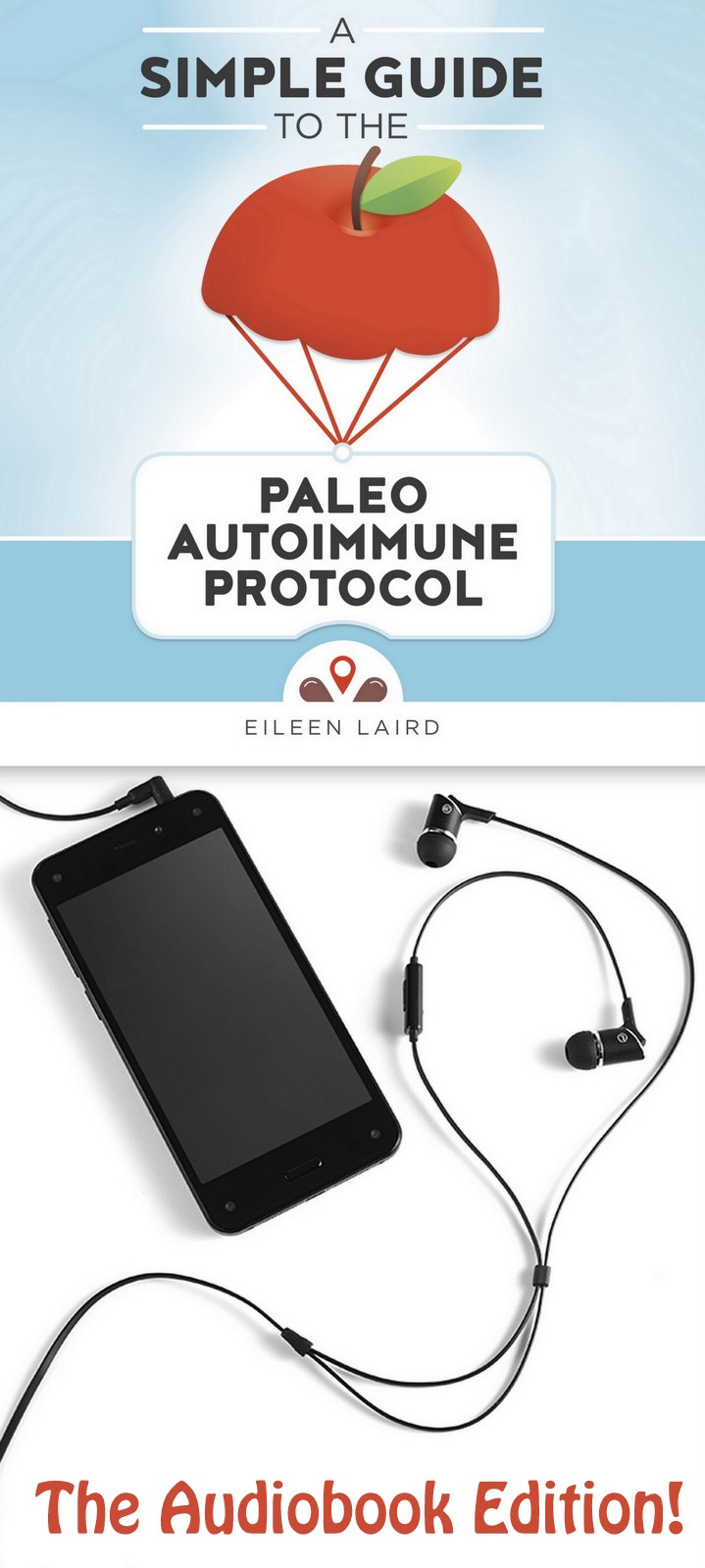
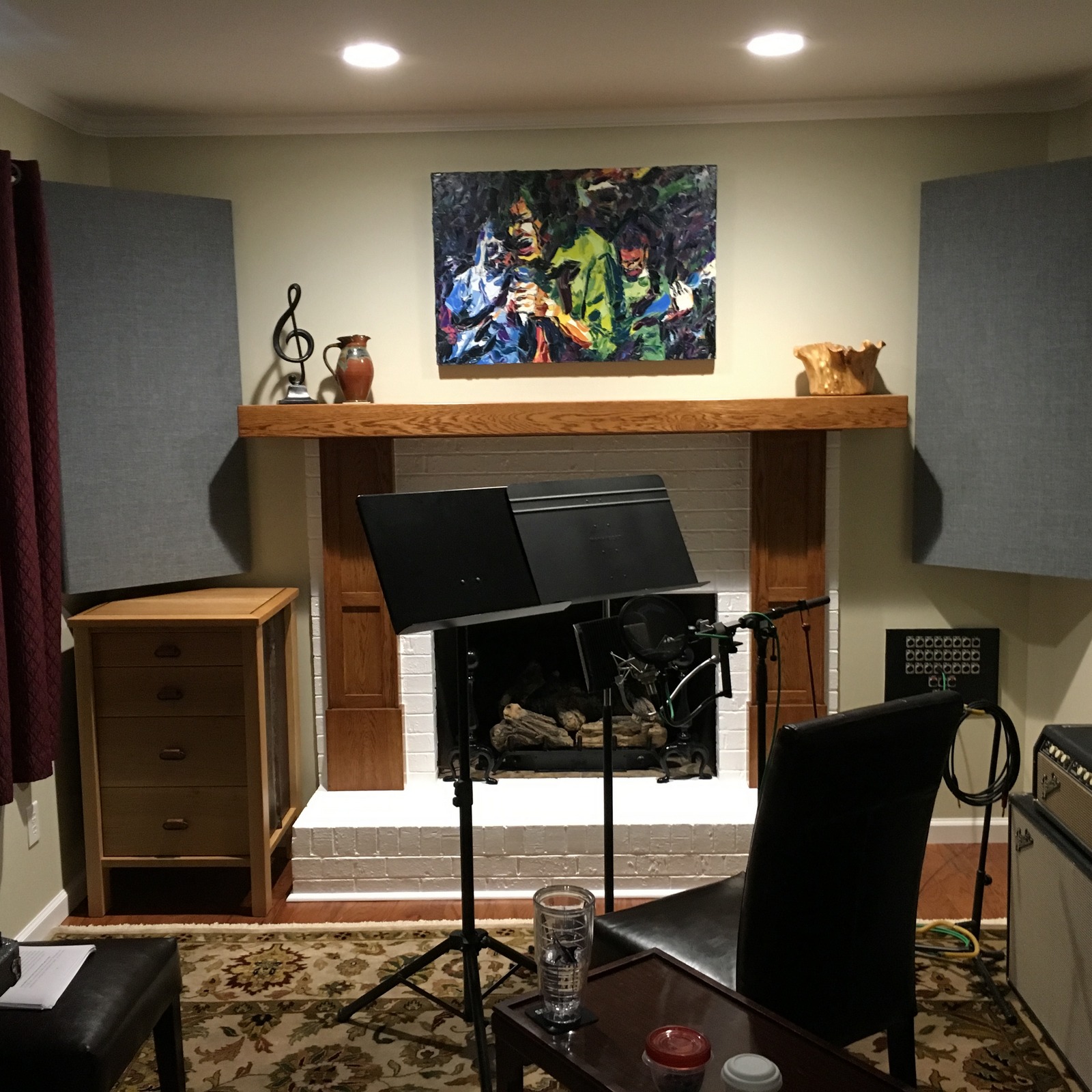
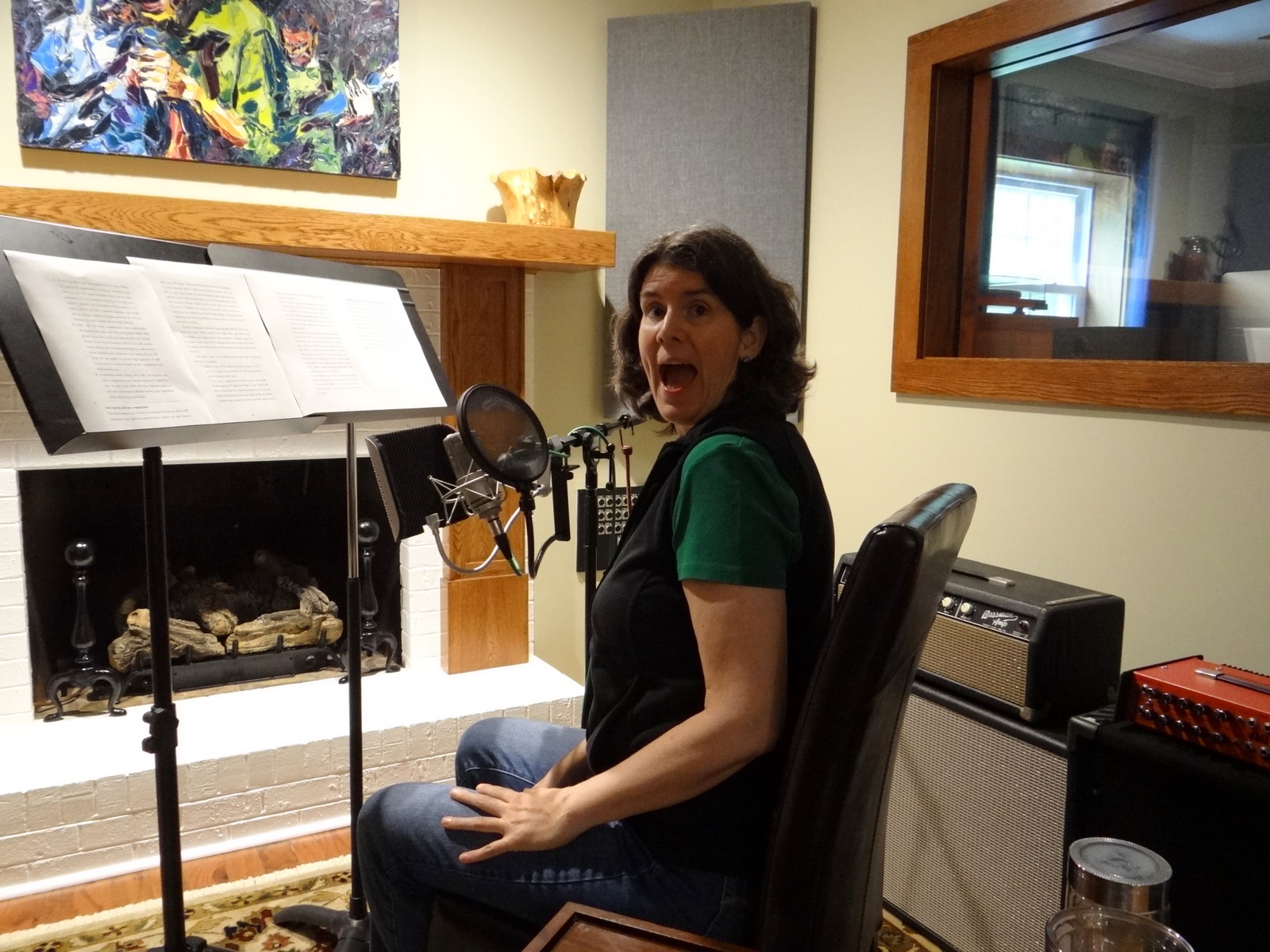
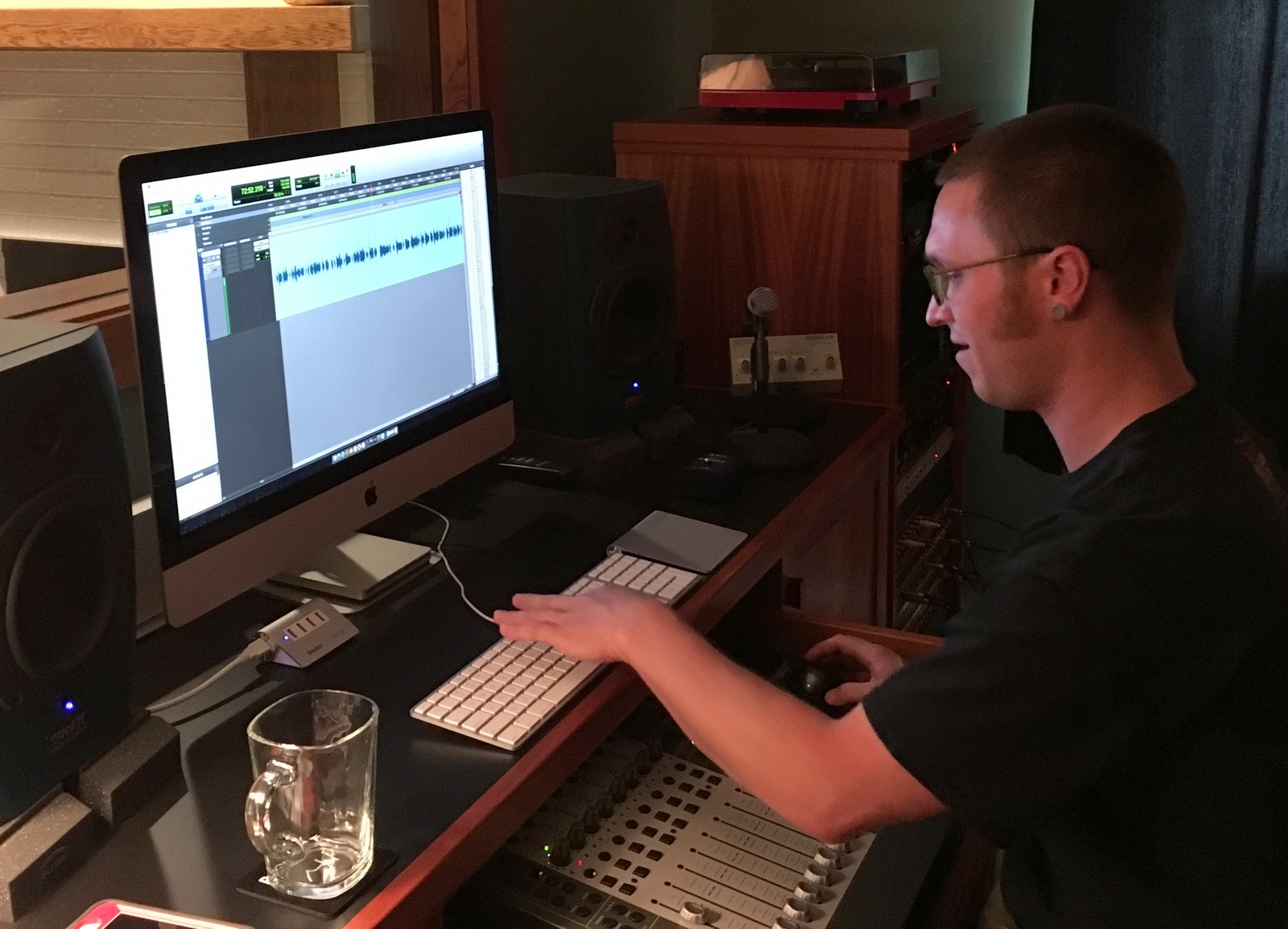
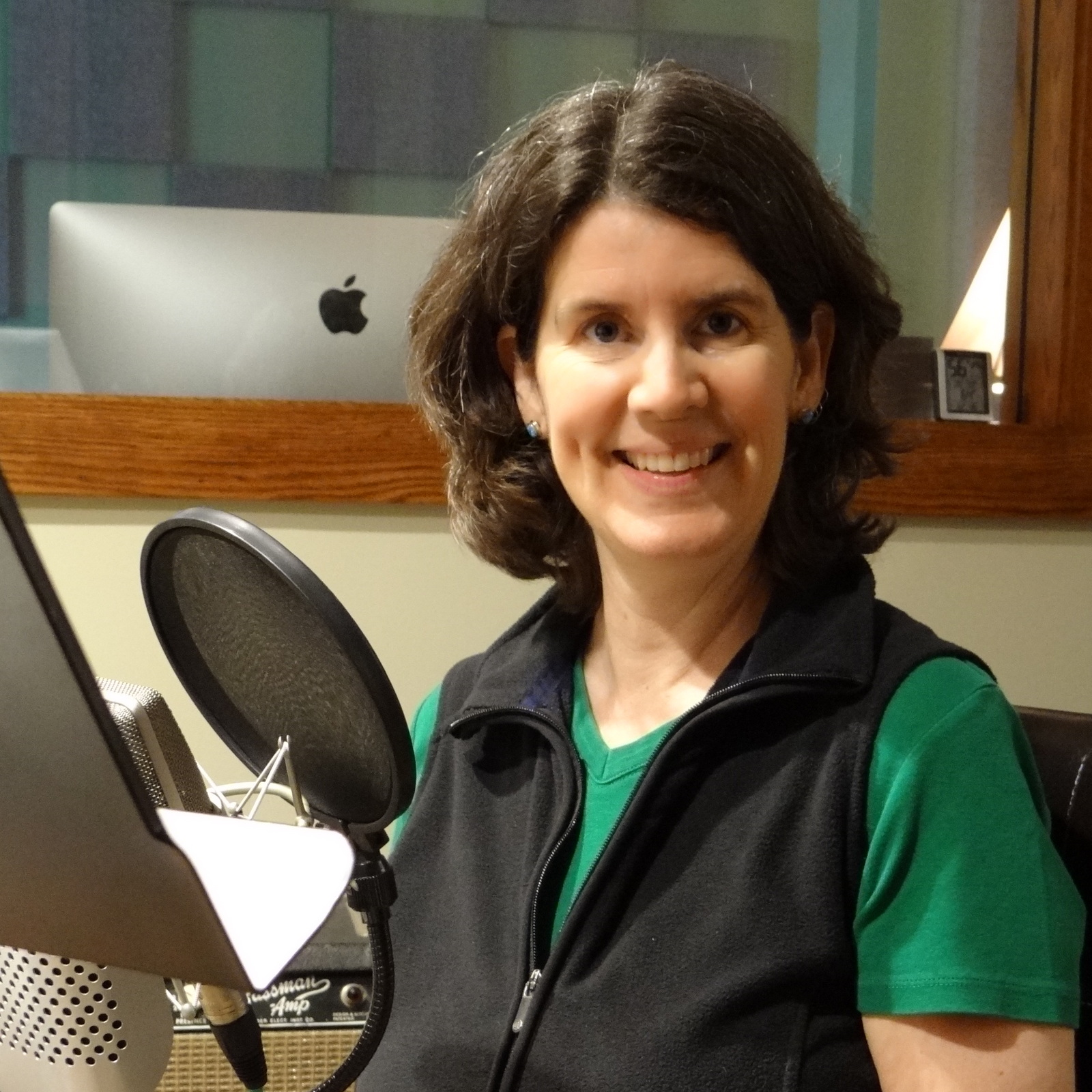

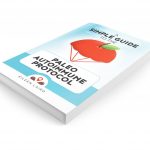

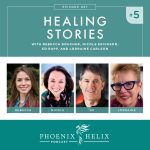


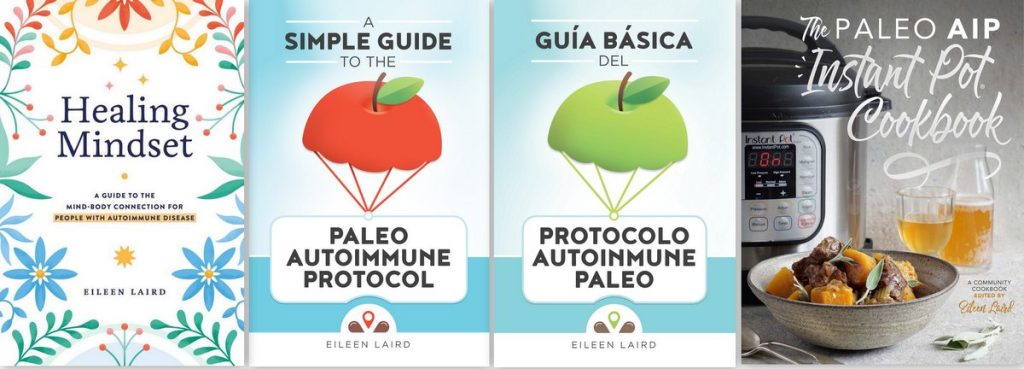
And the winners are…..drumroll please….Tonya, Amanda, Janice, Anne and Lorraine. I just sent you all emails with details. Thanks for playing, everyone! And if you didn’t win, you can buy your own copy here: http://amzn.to/2bC148g . Wishing everyone wellness!
I want to win!
Recent flares have me buckling down to finally start AIP after this holiday weekend’s vacation, so this would be awesome to listen to on the drive home as I’ve heard fantastic things about the book itself. If not… I’ll just go buy it anyway 🙂
I would love to win! I will be starting my AIP journey soon and this would help immensely!
I would feel so blessed to win!!
Thank you for the opportunity and for your generosity.
I have the paperback and love it.
My best friend was recently diagnosed with RA and could use this. She doesn’t have time to read, but listens to a lot of audio books. I’d love to win this for her.
You have a great way of simplifying the concepts without dumbing them down.
Thanks, Sharon. That’s absolutely my goal!
I want to win it! My cousin stole my book and I guess he won’t be giving it back until next Summer -he lives in the States and I live in Spain 😉
I want to win so I can give it to my sister. I will get my own. This sounds wonderful…live your stuff.
I would love to win a copy of this audiobook.
P.S. Congratulations on making an audio version. That’s pretty impressive. 🙂
I have a good friend that could really use my giving to her your wonderful book in audio format, so my fingers are crossed.
I want to win
I want to win!
I’d love to win! I just discovered your website today, and all 3 of your books look great. I’m in the process of transitioning to AIP, and am hopeful about making some progress with my health issues. Thanks for your great website!
love your podcasts…audiobook would be great !
Yes to this option to win.
Thank you!
I want to win
Oh, please let me win. I’m too weak to hold a book right now.
I would be truly blessed to win and learn more through your audiobook!
This is a really good idea!
Kudos!
I believe listening to a reading would help anyone to absorb and understand all the information and reinforce what was learned from a reading of the print version.
Wow, I see that I’m one among many fans, but I would love the chance to listen to your book on audio 🙂 Thank you for all that you do and for connecting us with so many wonderful people and resources along the journey!
I want one!
I want to win!!
Love your work Eileen, thank you for what you do! I would love to win a copy of this download please.
I would love to receive a copy, thank you for the kind giveaway offer!
Thank you for being such a fierce advocate for those of us with RA and other autoimmune diseases. Adding your audiobook to my resource library would just be wonderful! Plus chasing around a 7 month old doesn’t lend a lot of reading time–but he loves listening to your podcasts with me!
How awesome would this be?!? TOTALLY!! Would love to have this, I listen to audio books at work and I could listen to this over and over and over and…. 🙂
I would be very happy to win a copy of your book! / Patrik
This is very cool. thanks!
I would love to win!
Love the book, would be cool to have an audio version to listen in once ina while as a reminder!
You are so great, and your advice and guidance has made such a huge difference in my life. I’d love to win!!
It would be amazing to win – I have all 3 books, but this would be great too! Thank you for this opportunity.
I’d love to win! My autoimmune disease has taken away a lot of my vision and I’ve recently been enjoying books from audible.
I would love to win!
I’d love to win, being new to AIP having Psoriatic Arthritis.
I’m planning to try the protocol and audiobook is the most convenient option to do the homework. I’d like to win!
I love your podcast, and am trying to develop a healthier eating lifestyle
I’d like to listen to you for hours. 😉
enjoyed a couple of your archived podcasts today, I’m sure this will be just as enjoyable and informative. Would love to win it!
I would love to win! I’m transitioning from a modified Paleo to the AIP Protocol and still have lots to learn.
I would love to listen! 🙂
I would be thrilled to win!!
I need to win. Flare-up
With arthritics pain RA and osteoarthritis.
I would like to win!
I want to win!
Wow. I want to win!!! Please 🙂
I am new to AIP. I like your idea of audiobooks. Thanks for sharing your experience.
Thanks for the contest! I travel a lot and listening to audiobooks really helps pass the time on the road.
Thank you for all your work Eileen, you are so dedicated to help people achieve a better life.
And yes, I would love to win your audiobook!
I want to win
I would love to win
I love your podcasts as well!
I prefer audio books as I can multitask and I’ve been wanting to try AIP but don’t know where to start. I don’t want to go to all the effort only to find out that I reintroduce the wrong way. I want to learn about it first by audio book! Hope I can try it!!
I Would LOVE to win!
I would be so thrilled to win!!! 🙂
I would really love to win your AIP Audiobook.
Love your work.
Congrats!
I want to win
We have really enjoyed your book. An audio copy would be wonderful!
Winning this great resource would be fantastic.
Thank you for the opportunity and for all you do!
I’d love to win! (And I’m glad you’re the reader!)
I am ready to win! I’m so tired of MS the symptoms the disability the drugs and the side effects that comes with it. There has to be a better way of healing. If I could lose 75% of my symptoms that would be glorious! I could work on getting my muscles stronger then.
I would like to win!
I’ve really been getting into audiobooks – great to learn while you’re cooking or doing other stuff around the house. Would love to win your book!
I found your podcast when I started working with a client on a AIP protocol. What you have put together to help others is incredible! I’ve been relying on your resources and listening to every episode of your podcast. Thank you for all you do!
I’d love to win!
I would love to win the audiobook, Eileen! Thank you for writing the book, and for everything you do for the AIP community!
The best way to have an audio book is when its read by the author. They give the words more meaning and you get to know the author better too. Also I absorb more while listening to audio books which i do walking to work.
This would be so great for me because I listen to my downloads whille walking . I feel that I absorb a lot more info when I listen while walking because I am giving it my full attention.
Congratulations, and great idea hubby! I especially love this because when I have fibro fog, I am unable to read, so listening to audiobooks has become my haven! I would love to recieve this gift!
I would love to win a copy!
Throwing my name in the hat – cheers
I want to win! 🙂
I would love to win! I’m new to autoimmune paleo lifestyle changes and feel somewhat lost. Looking for all the literature to make this a smooth transition into my new lifestyle of healing! Thanks for opportunity!!
I would really love a copy of this audio. Thanks for all your hard work.
I definitely want to win! Thanks for the opportunity.
I want to win
I would love to win a copy! Thanks for the great opportunity!
I listen to audiobooks for 99% of my reading these days – please add my name to the hat for your generous drawing!
Thank you for all the hard work! I would love to win ❤
The audio book is a fantastic idea! I would love to win a copy 🙂
I would love to win so that I can improve my health (Graves’ disease…)!
What a great idea Eileen! I would love to win a copy to listen to your calm and reassuring voice guide me through the AIP.
I would love to win! I enjoy listening to audiobooks and podcasts while I walk for exercise.
Would love to win a copy!
Love your podcasts and Fb/Instagram posts on AIP and RA! Very helpful info 🙂
I hope I am commenting in the correct place and I hope to win! It looks like a very helpful book for those of us just getting started on AIP.
I want to win!
I would love to join with everyone eating paleo but I need that autoimmune component. Thank you for making an audiobook version so I can learn the basics.
I want to win.
I want to win!! Pleeeease!!